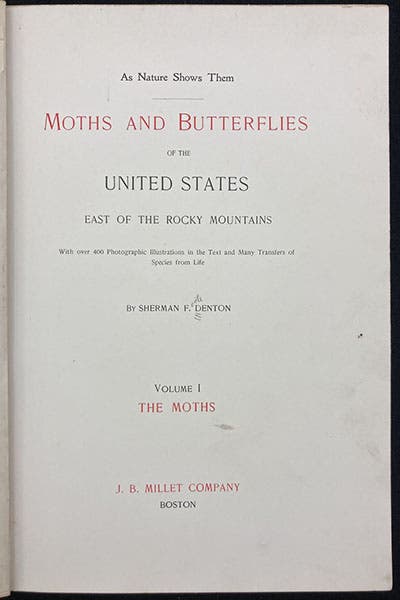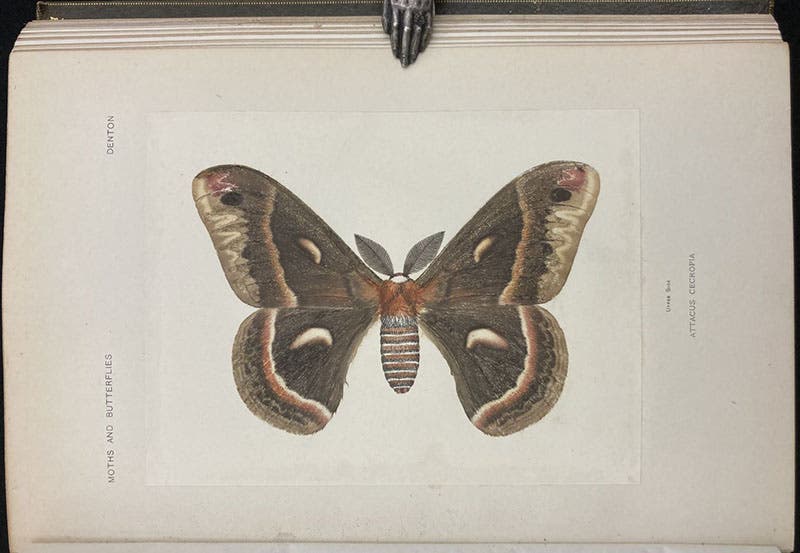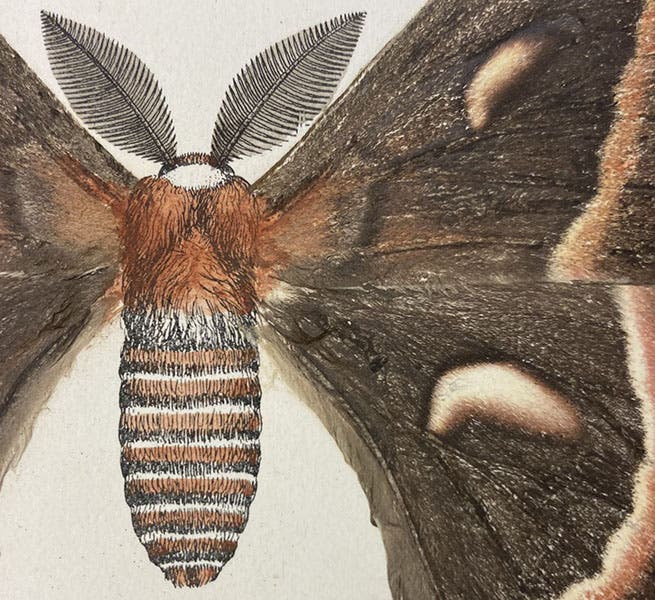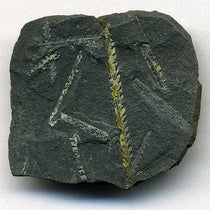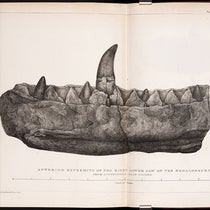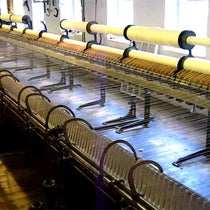Scientist of the Day - Sherman Foote Denton
Sherman Foote Denton, an American specimen collector, artist, author, and entrepreneur, died June 24, 1937, at the age of 80. He was born in Dayton, where his father was a geologist, who had the odd idea that rocks and fossils had memories of their history that sensitive people (like his son Sherman) could read and convert into images. But Dad did take him on a three-year trip to the East Indies and New Guinea, where they collected many specimens, mostly butterflies, before the elder Denton died of a fever.
Sherman returned home, worked for the government as a fish illustrator and specimen mount expert, and then went into business in Wellesley, Mass., with his three brothers, selling butterfly mounts to museums and wealthy collectors. Denton invented a new way of mounting and displaying butterflies, where they were set onto a plaster background and seemed to pop off the mount in a lifelike way (third image). I don't quite understand the process, although I looked at the patent of 1901 and examined many photos of "Denton Mounts", as they are called (or “Denton Tablets”), which continue to be sold on the second-hand specimen market. But there is no doubt they are beautiful, and they apparently sold (and continue to sell) quite well. You can find samples at any time on eBay.
We have no Denton Mounts in the library, but we do have an even better oddity, a book that Denton published in 1900, called: As Nature Shows Them: Moths and Butterflies of the United States. There are two volumes in this beautiful set (third image), the first for moths, the second and larger for butterflies. There are over 400 illustrations in the two volumes, and about 50 of them are quite unusual, because the images of the wings were printed directly from specimen wings. A sheet of paper was coated with a thin layer of adhesive. The specimen was then placed on the paper and pressed into the adhesive, and the body cut away. A second piece of paper, covered with gum Arabic, was then placed on the first, and the two were firmly pressed together. When the top sheet was removed, it took with it the wings, but left behind the scales, which created a vivid image of the wing patterns. The body was either pre-etched, or added in with pen, I cannot quite tell which, and hand-colored. The result is quite unlike any other illustrations of butterflies and moths I have ever seen.
A print that is made directly from a specimen is called a “nature print.” The technique was fairly common for leaves, and seaweeds, but it was not at all common for insects. It is said that Denton did all his own nature printing. Our set is no. 300 of a limited edition of 500 copies. This means that for 50 nature prints, front and back, for 500 sets, Denton needed about 50,000 specimens to provide the wings for the prints. And, of course, it also means that every copy of As Nature Shows Them is a little bit different. It would be nice to acquire a second set for the library, to allow for comparisons.
We show a Red Admiral from the butterfly volume (sixth image), with a detail as our lead image, and a plate with a Cecropia moth from the moth volume (seventh image), as well as a detail (eighth image), which also shows the drawn-in or printed body.
Wellesley, Mass., had at least two famous butterfly experts as residents, since Vladimir Nabokov lived there for a while when he taught at Wellesley College. Denton is buried there, in Woodlawn Cemetery. Nabokov moved on.
William B. Ashworth, Jr., Consultant for the History of Science, Linda Hall Library and Associate Professor emeritus, Department of History, University of Missouri-Kansas City. Comments or corrections are welcome; please direct to ashworthw@umkc.edu.






